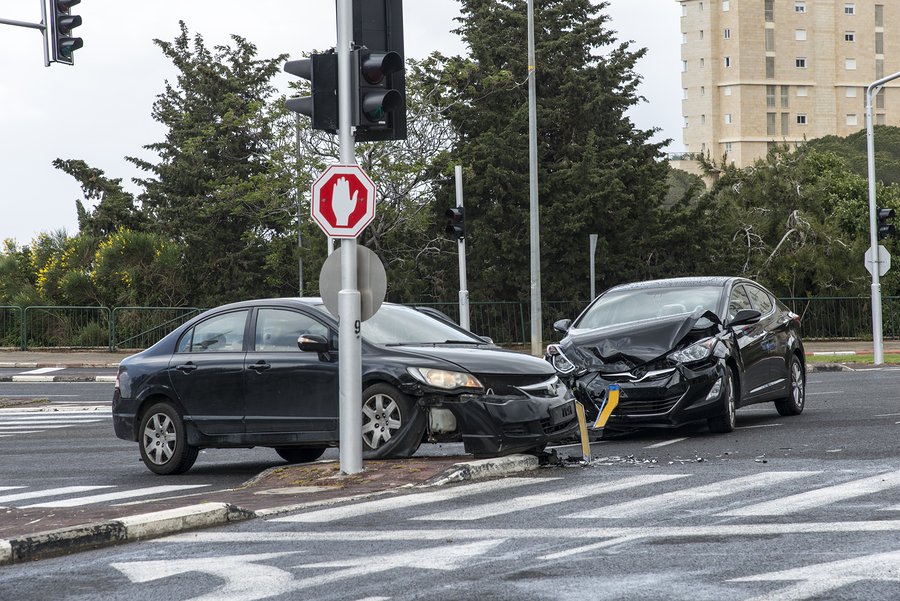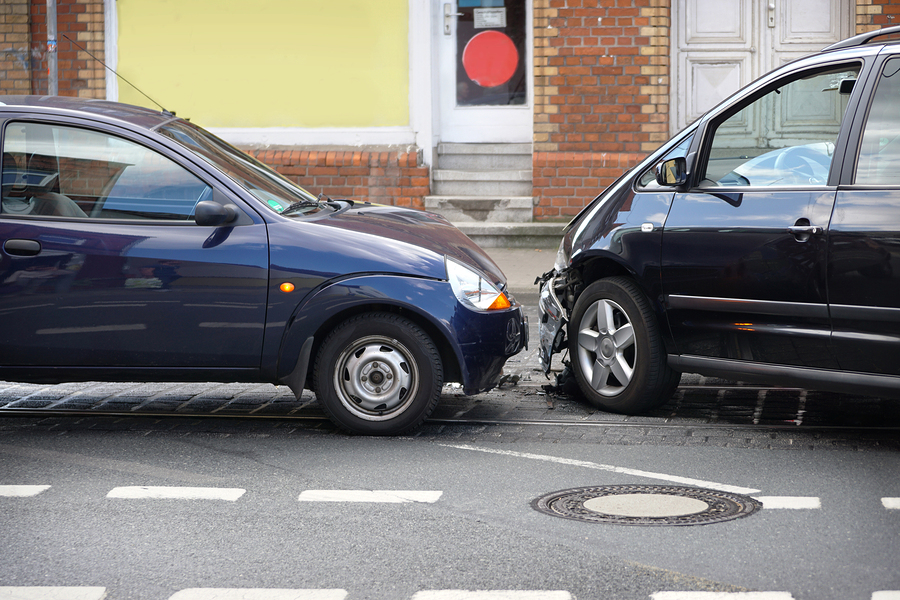How Do I Prove Who Was at Fault in a Car Accident?
You’ve been involved in a car accident—perhaps one with significant damage. Now, you need to prove who was at fault in order to protect yourself legally and financially. How do you prove that you weren’t the one at fault for the accident? Here are some steps you can take to protect yourself.
Pay Attention at the Scene
If you were injured during your
accident, your first priority should be to seek medical treatment. If you aren’t severely
injured, however, there are several things you can do at the scene to ensure that you aren’t listed as being at fault for the accident when you were an innocent victim.
Step One: Collect Driver and Witness Information
Who was present at the scene of the accident? Witness statements can be valuable in proving who was at fault for an accident, especially if they’ve witnessed similar problems with the driver who was actually at fault for the accident.
Step Two: Collect Photographic Evidence
If you are uninjured and able to move around, take pictures of the scene of the accident. There are several photos that may be important to proving fault, including:
- Photos of the location, including geographic features or traffic patterns that could have contributed to the accident
- Photos of the other driver, if needed
- Photos of both vehicles involved in the accident
Remember not to put yourself in physical danger to capture these pictures. Stay out of the flow of traffic and don’t deliberately anger the other driver involved in the accident, even if you believe they were at fault. Keeping your cool and staying safe should be your top priority.
After the Accident
Following your
accident, seek follow up medical care if you experience ongoing pain or any symptoms
associated with a head injury, including nausea and vomiting, confusion, or increasing headache. It may also be helpful to take these additional steps, both immediately after the accident and in the days following:
Step Three: Write Down Your Statement
You should write down your statement as soon as possible after the accident, when it’s still fresh in your mind. This is the best time to remember any important details and to be sure that your memory of the accident hasn’t been colored by what came afterward.
Step Four: Obtain the Police Report
In some cases, the police report an important document for establishing who was at fault for an accident. But beware—police are people, too, and may get facts wrong or misinterpret statements made at the scene. You want to be sure that you collect the police statement for your accident and that it contains a clear, accurate picture of the events leading up to the accident. If there is inaccurate information contained in the police report, you should take steps to correct it as soon as possible.
Step Five: Contact a Lawyer
If you’ve been injured in a car accident, find an experienced lawyer who will help protect your rights and establish who was at fault. You may be entitled to compensation for your injuries and damage to property.
Contact us today at (804) 358-1568 to schedule a free consultation to discuss your rights.


